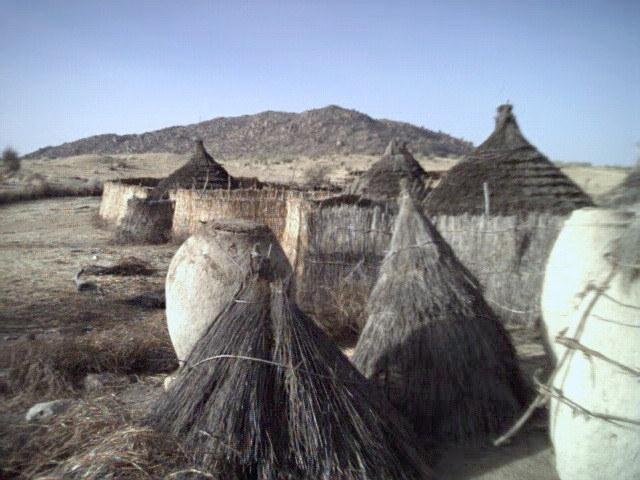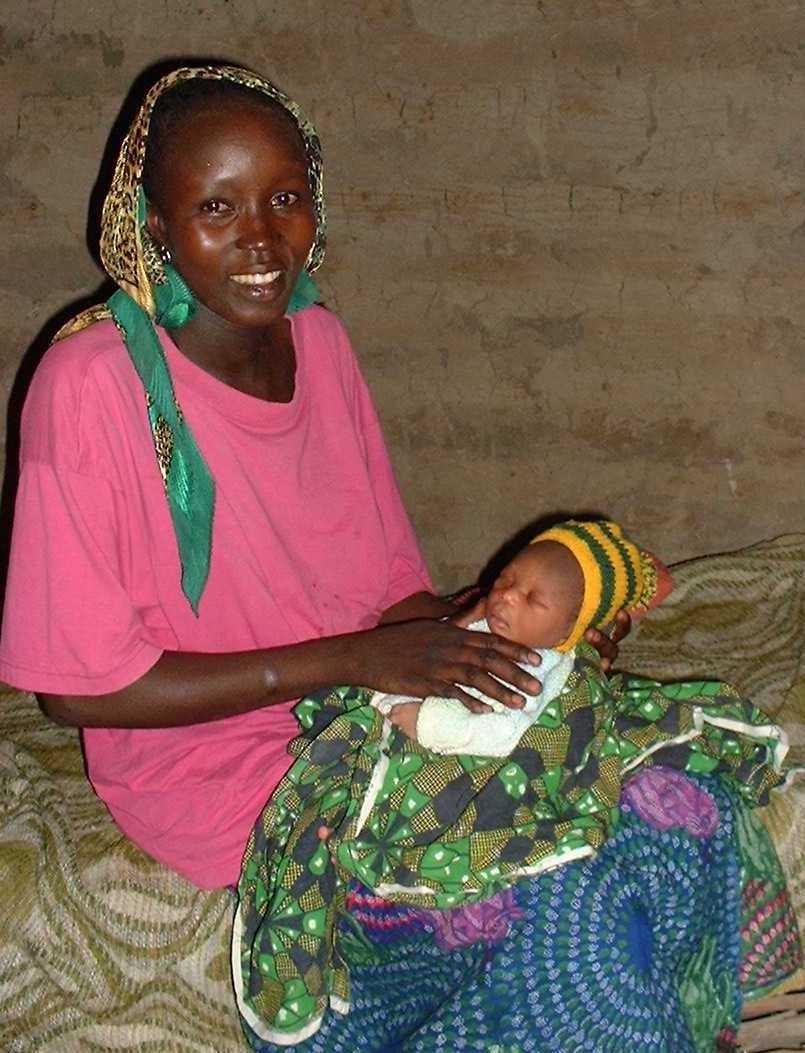
The Chadian Woman


This is where
the women live: look at this village, spread out at the foot of this
sculpted mountain. As the smoke rises slowly to the rooftops as night falls,
so is the presence of women. A
stranger is easily deceived because all he sees is the men. They
are everywhere; they direct the business of the state, they lead the
mosques and the churches, they are the teachers and the nurses.
But listen carefully and you will hear the
rhythmic stirring of a woman sweeping the courtyard as the dawn
approaches. The morning passes to the sounds of greetings
addressed to neighbours who pass in the streets. A little later,
we find her in the village market where the women are selling
vegetables and buying what is needed for the daily meal. The
afternoons resound with persistent loud thumps as she grinds the grain or the
sudden burst of laughter as she sits to chat with friends while shelling
peanuts. With perfect balance, she climbs and descends roads and
pathways, with a heavy load on her head or a yoke across her
shoulders.
The woman is the one who nourishes in this
hard land. In the rainy season she works in the fields and grows
peanuts, sesame seeds and millet from this hard Sahelian soil.
Every day she finds, buys, prepares and serves the food which supports
her family. She sits next to the fire and stirs the boule, cooks
the sauce, prepares the porridge...
Most of the time, the Chadian woman is
carrying a child, either in her womb, or on her breast, or on her back. She takes
care of her child and knows how fragile he or she is. Unless she is
extraordinarily lucky, she will know what it is to have one of her
children die.
either in her womb, or on her breast, or on her back. She takes
care of her child and knows how fragile he or she is. Unless she is
extraordinarily lucky, she will know what it is to have one of her
children die.
The man is always the "head" of the
family. He often goes into town to work, or to look for
work. Or else he leaves to fight in a war. Or he is
dead. There are many widows in this place where war and
rebellion have been a normal part of life for generations. In
this way also, a woman bears a heavy load.
But it must be remembered that she can
sometimes be lazy and irresponsible. There is no such thing as a
stereotype of the "Third World Woman." In reality, she
is a survivor. And here, the difficult struggle for survival
takes place daily.
She knows her place, but all life here involves the women. When there is a celebration, she is
there to laugh and sing. When a baby is born, when someone is
sick, when death comes suddenly or slowly, the women are there to
prepare food, to help in any way they can, to sit and spend long hours. Her place
is lived out.
Look again under the
evening smoke,
gently rising to the rooftops, and you will find that it is here that
the women live...
To give you a perspective of what life is like for the women of Chad, we present several personal testimonies of Chadian women from the Guéra, taken from the book "Là où habitent les femmes" (Where the Women Live), edited by Renée Johns and Rachel Bokoro of the Mennonite Central Committee, published in 1993.
Sit down for a while on the straw mat before you, to listen to the testimonies of these women:
-
Guezione Esther Zeite : Guezione's sister accuses her of being the reason why rain has not fallen for many days. Is she guilty, or innocent?
-
Godio Debora : Even though the family of Godio's husband worships the idol Menéce, he does not protect them from sickness. Where will they find their health again?
-
Birdjoki Rachiste : After having several stillborn children, Birdjoki gives birth to a boy who becomes blind. Does the curse of God rest upon her?
-
Achta Hassan : Achta is married to a man who tells her that he has not yet found a woman who pleases him. Will she accept to let him take a second wife?
-
Joba : Joba gives us an overview of what it is to live in a cattle raising family in Chad.
-
Ruth Kangarde : Ruth is an educated woman living in the Guéra. What contribution can she offer to the neighbouring villages?
-
Fatima Baba Manout : Fatima has experienced a lot of suffering in life, having lost her three husbands and five children.
-
Sakarier : Having just given birth to her first child, the house where she lives catches fire as a result of an armed attack during the rebellion. While trying to escape, gets a bullet in the shoulder blade which comes out of her stomach.
-
Hanana : Touched by leprosy while living in Sudan, it is she who sends her husband away. Why does she do this?
-
Tamar : Tamar clearly answers the question, "Is life in N'Djaména better than life in the village?"
-
Koubra Choukou : Student at the University of Yaoundé in Cameroon, Koubra a has a very important message for all her Chadian sisters, not to be missed.
-
Khaltouma Nadjina: (born November, 16, 1976) is a Chadian sprinter. Her specialities are the 200 and 400 metres.
In addition, CEFOD has just published a book in French entitled Entre cuisine et maternité : La Femme Tchadienne (Between the Kitchen and Maternity: The Chadian Woman). To learn more, click here.
Write us!
